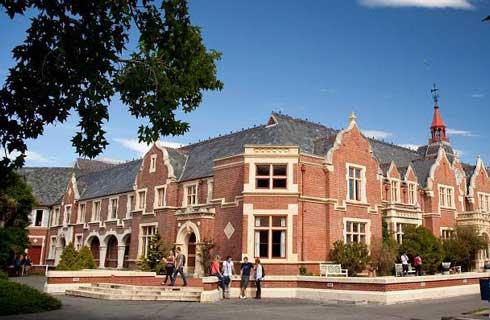
学历文凭
Masters Degree

专业院系
纳米技术

开学时间

课程时长

课程学费

国际学生入学条件
Students with science and engineering undergraduate degrees are eligible for admission to the Nanotechnology Master's Degree program. A bachelor's degree in any of the following fields is appropriate: physics, chemistry, bioengineering, materials science, electrical engineering, systems engineering, mechanical engineering, engineering and applied science. In addition, students with technology-oriented business backgrounds who have strong analytical skills and have taken science and engineering courses prior the application can apply.
A strong command of the English language is necessary for successful study at Penn. Applicants whose families do not speak English at home, or applicants who have not attended a high school or secondary school where the primary language of instruction is English, are asked to take the TOEFL, the Test of English as a Foreign Language, administered by the Educational Testing Service. In the event the TOEFL is not readily accessible, Penn will accept results from the IELTS, the International English Language Testing System.
IDP—雅思考试联合主办方

雅思考试总分
7.5
了解更多
- 雅思总分:7.5
- 托福网考总分:100
- 托福笔试总分:160
- 其他语言考试:NA
课程简介
相关申请

预科

奖学金

实习机会

在校学习

跨境学习

校园授课-线上开始

在线/远程学习
学校排名
世界排名
12
数据源:泰晤士高等教育世界大学排名
关于宾夕法尼亚大学

本杰明.富兰克林是宾大的创建人。秉承富兰克林的教育理念,宾大一路从常青藤联盟垫底的位置一路飙升到现今多数顶尖学生的首选。沃顿商学院更是全世界商科学生的梦想之地。宾大不提供合作项目,不提倡任何只为赚钱的全职实习活动。大一学生要体验描述产生各种冲突的滑稽短剧。因为每个人都有他们的性格、兴趣和生活背景,所有这些使得宾夕法尼亚大学成为一个生活和学习都充满了活力的地方。 而学生在大三就可以申请任何一个硕士课程(继续在沃顿攻读工商管理学硕士尤其受欢迎)。费城,200年前《独立宣言》在此通过,华盛顿建成之前美国的首都,现今美国第五大城市。宾大距离费城闹市区只有几分钟路程。虽贵为常青藤盟校,学生也都非常努力,但在这里,你看不到“泛滥”的学术氛围,取而代之的是看体育比赛,逛街…在宾大,没人会因为玩耍而内疚。在这样一所竞争激烈的一流大学,能够保持学习和社交活动的平衡,非常少见。
本校相关课程






其他相关课程

犹他大学 - Shorelight


圣弗朗西斯大学


明尼苏达大学双城分校


中佛罗里达大学


密歇根大学安娜堡分校





